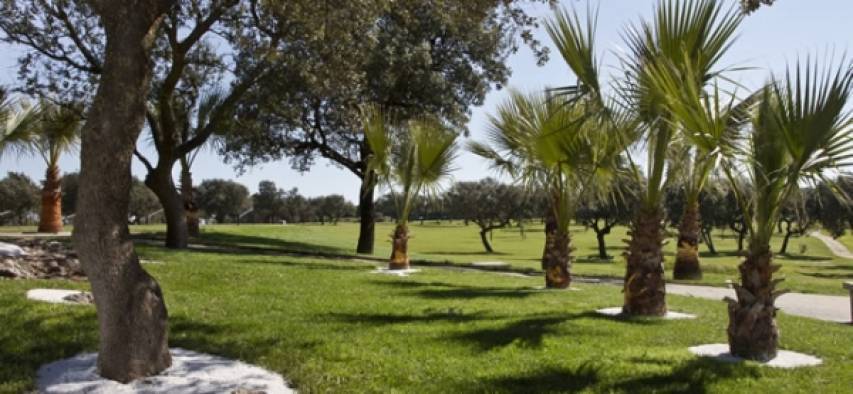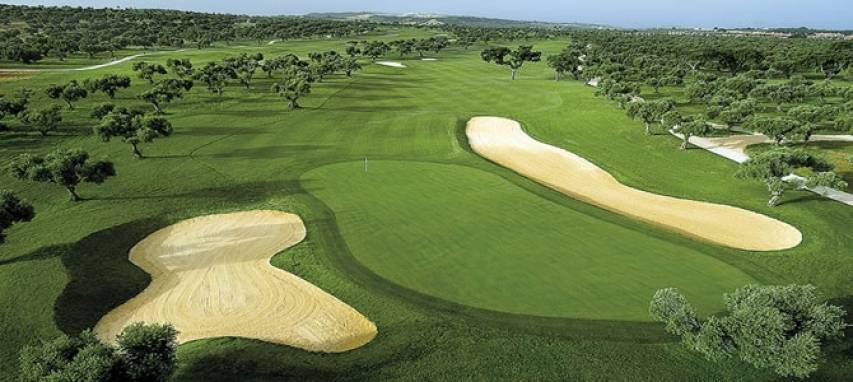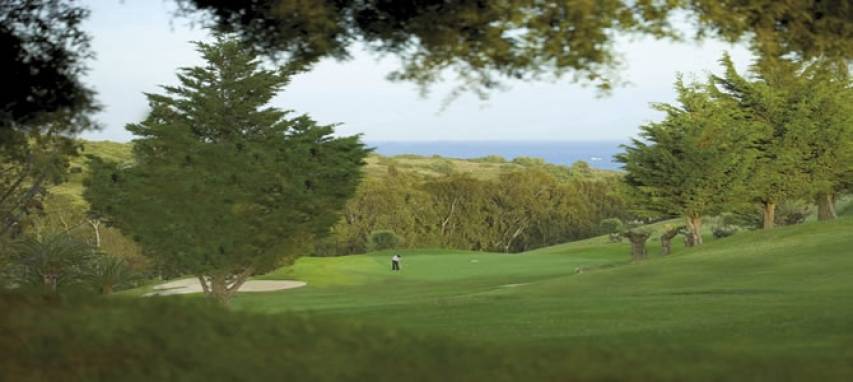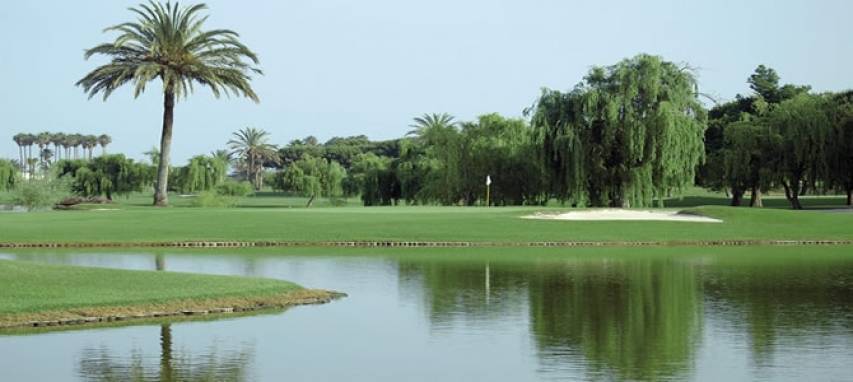The first event of this year’s Grand Slam schedule is just around the corner. August National will once again showcase its incomparable charms as the great diva of global golf, with the world’s finest players battling for the highly coveted green jacket adorned by the Masters champion.
Since the inaugural edition in 1934, this venerable tournament has been the scene of some of the most exciting duels between glittering stars of the golfing galaxy, with Jack Nicklaus shining the brightest – the only winner of six Masters, two more than the runners-up in this special ranking, Arnold Palmer and Tiger Woods.
Those with three victories are Jimmy Departe, Sam Snead, Gary Player, Nick Faldo and Phil Mickelson, while the dual winners are Horton Smith, Byron Nelson, Ben Hogan, Tom Watson, Seve Ballesteros, Bernhard Langer, Ben Crenshaw, José María Olazábal and Bubba Watson.
Over 82 years and 79 editions (the tournament was not held from 1943 to 1945 due to World War II), the Masters has accumulated numerous interesting news items, pieces of information and statistics that have become a part of history. The biggest win was by Tiger Woods in 1997, 12 shots ahead of his nearest rival. Also of note is the small group of players who have led the event from start to finish: Craig Wood in 1941, Arnold Palmer in 1960, Jack Nicklaus in 1972 and Raymond Floyd in 1976.
Comebacks are another noteworthy aspect of any tournament, and especially the Masters. The most spectacular was by Jack Burke in the 1956 edition, when he overcame a nine-stroke lead by the pacesetter at the time. Gary Player won in 1978 after being eight behind the leader on the final day, while Nick Faldo enjoyed similar success in 1996, winning from six shots back.
Do you know who won on their debut in the tournament? There have been three: obviously the winner of the first edition in 1934, Horton Smith; also the 1935 champion, Gene Sarazen; and Fuzzy Zoeller in 1979.
On the other side of the record books, the player who competed in the highest number of Masters before winning in 1998 was Mark O’Meara – it was his 15th attempt.
Also taking their time were Billy Casper (14th), Ben Crenshaw (13th) and Adam Scott, Raymond Floyd and Phil Mickelson (11th in each case). Tiger Woods won in his third Masters, Seve Ballesteros in his fourth and Jack Nicklaus in his fifth.
As for those repeating victory, Horton Smith took the shortest time – winning in the tournament’s third year. The longest wait for a second win was by Ben Crenshaw: no fewer than 24 years.
Time for the Amateurs
August National is not only reserved for the professionals during Masters week: five amateurs have the privilege of teeing up alongside the world’s top golfers and dreaming of the possibility of being helped into the champion’s famous green jacket on Sunday. There are a total of 18 categories through which a player can receive an invitation to compete in the Masters. Five of these are reserved for amateurs: the reigning winners of the British, Asia-Pacific, Latin America, US Mid-Amateur and US Amateur Championships, and also the runner-up in the latter.
The youngest of the six amateurs competing in this year’s Masters is Paul Chaplet from Costa Rica, who was 16 when he won the Latin American Championship. The qualifier from the Asia-Pacific is China’s Cheng Jin (17 years old); and the current British champion is Romain Langasque (20), only the third French winner in the history of this championship. Twenty-year-old Californian Bryson DeChambeau is the reigning US Amateur champion and Sammy Schmitz (35), from Minnesota, the US Mid-Amateur winner. Derek Bird (21) from New York also gains a place as runner-up in the last US Amateur.
As for the invited professionals, included are the winners of the four majors (Masters champions have a lifetime right to play; winners of the other three, for five years from their victory); the 12 top finishers from the previous year’s Masters and four from each of the other three majors; the winner of The Players Championship; the winners of US PGA Tour events that fully count towards the Tour Championship; the leading 50 players on the World Golf Ranking at the end of the year before the Masters; and the top 50 world-ranked players in the week before the current Masters.
Of the favourites to win this year, reigning champion Jordan Spieth clearly leads the field of candidates, while Rory McIlroy also dominates pre-tournament media attention.
Entry for the Wealthy
By the way, if you are one of the less fortunate ones who doesn’t have entry or a weekly pass for the Masters – and that is more than likely given the difficulty of securing one – there is no other option but approaching the touts who congregate outside Augusta National on the days of the tournament. Of course, that does also mean making sure your wallet is full because the whole exercise is going to be extremely expensive. Last year, as much as $10,000 was paid for a weekly pass (the official price is just over $300). If you just want entry to one of the practice days leading up to the tournament itself you will “only” have to hand over $600 (official price $65). In short, this is the United States and it’s one of the premier golfing shows in the world, the US Masters at Augusta.
There is some consolation: entry for the Super Bowl, the American football grand final, costs a lot more. The price ranges from $850 to $1,800, although box seats offering additional services can cost up to $3,000. Nevertheless, this year the average resale price was $5,178, higher than the average price paid for last year’s boxing rematch between Mayweather and Pacquiao: $4,672.







